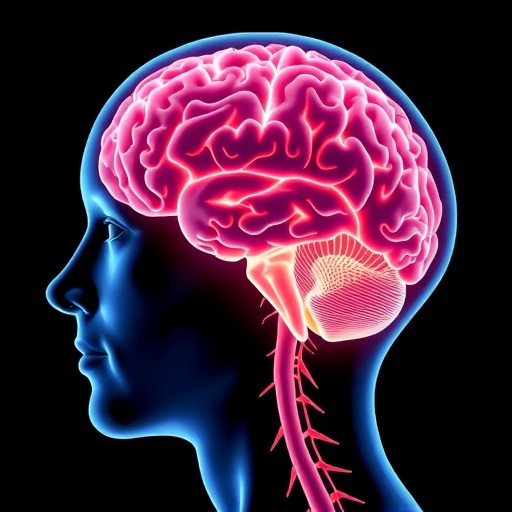Using data from emergency responders, study illustrates importance of interprofessional collaboration
Nurse practitioners and nursing students can use local, real-time maps of opioid overdoses to inform their clinical work with adolescents in community health settings, finds new research from NYU Rory Meyers College of Nursing.
“Analyzing community maps with data from emergency response teams can help us to design interventions that have the potential to change the trajectory of the current opioid crisis,” said Donna Hallas, PhD, PPCNP-BC, CPNP, PMHS, FAANP, clinical professor and director of the pediatric nurse practitioner program at NYU Meyers. Hallas is the lead author of the study, which appears in the Journal of Pediatric Health Care.
The opioid crisis has devastated communities across the country, but overdoses vary by region and neighborhood. For instance, opioid overdoses in the Bronx are concentrated in the South Bronx, while the northern part of the borough has seen relatively few overdoses.
The Fire Department of New York (FDNY) and its emergency medical services (EMS) collect data that generate geospatial information system (GIS) maps for New York City’s five boroughs. These maps, which provide real-time awareness of issues including drug overdoses, enable the FDNY and EMS to identify locations of street-level drug use that may lead to lethal outcomes and to plan their daily strategies in the fight against opioid overdoses.
For this study, the FDNY shared its GIS maps with NYU Meyers researchers in order to develop an educational program for nurse practitioner (NP) preceptors who provide clinical educational experiences for NP students. This project is part of national efforts to improve interprofessional collaborations among traditional and nontraditional health care providers–for instance, primary care providers, EMS, and firefighters.
NP preceptors were educated on a variety of facets of the opioid crisis, including reviewing opioid-prescribing practices in community-based centers and recommendations for changing prescribing practices to control pain using alternative medications. The preceptors were also introduced to New York State Department of Health’s opioid data, which provide a high-level overview of long-term trends, including rates of overdoses at the borough/county level, naloxone administrations, and emergency room visits.
The state-level data were compared with the FDNY GIS maps, which contain a finer level of detail, including the number of opioid overdoses as well as other drug and alcohol incidents, with heat maps showing locations and concentrations of incidents. The researchers focused on maps of the Bronx and Brooklyn, where students were working in primary care settings, including school-based health centers, federally qualified health care centers, community-based clinics, and hospital settings.
“The importance of local GIS maps is that this information is available in real time so that interventions can be designed, evaluated, and changed quickly to meet the immediate needs of the community,” said Hallas.
The researchers found that the use of GIS maps did, in fact, better inform the care NP preceptors provided and the interactions about the opioid crisis they discussed with NP students, as measured by reviewing the students’ weekly clinical notes. The analysis of GIS maps led to consistent screenings for risk-taking behaviors in the adolescent and young adult populations, thanks to students’ timely awareness of community abuse issues.
These screenings resulted in an increase in interventions by students, including motivational interviewing and an evidence-based model called SBIRT: screening, brief intervention, and referral to substance use treatment.
“Traditional and nontraditional healthcare professionals have a unique opportunity to use visual technologies, such as GIS mapping, to identify hot spots early and then assess, diagnose, and treat those for whom opioid use, overdoses, and deaths are major problems,” said Hallas. “We recommend collaborations between traditional and nontraditional healthcare providers as a strategy that holds promise for combating the opioid epidemic in local communities.”
###
In addition to Hallas, study authors include Robin Toft Klar, Julie A. Baldyga, Ilene Rattner, Ryan Waingortin, and Jason Fletcher of NYU Meyers. Klar spearheaded the instruction on the use of GIS maps for all graduate students and was the lead faculty for population health on this study. Fletcher led the comparative data analysis portion on this study. This project is supported by the Health and Human Resources Administration (HRSA) of the U.S. Department of Health and Human Services (grant number D09HP29976).
About NYU Rory Meyers College of Nursing (@NYUNursing)
NYU Rory Meyers College of Nursing is a global leader in nursing and health. Founded in 1932, the College offers BS, MS, DNP, and PhD degree programs providing the educational foundation to prepare the next generation of nursing leaders and researchers. NYU Meyers has three programs ranked in the top 10 by U.S. News & World Report and is among the top five nursing schools receiving NIH funding, thanks to its research mission and commitment to innovative approaches to healthcare worldwide.
Media Contact
Rachel Harrison
[email protected]
Related Journal Article
https:/
http://dx.




